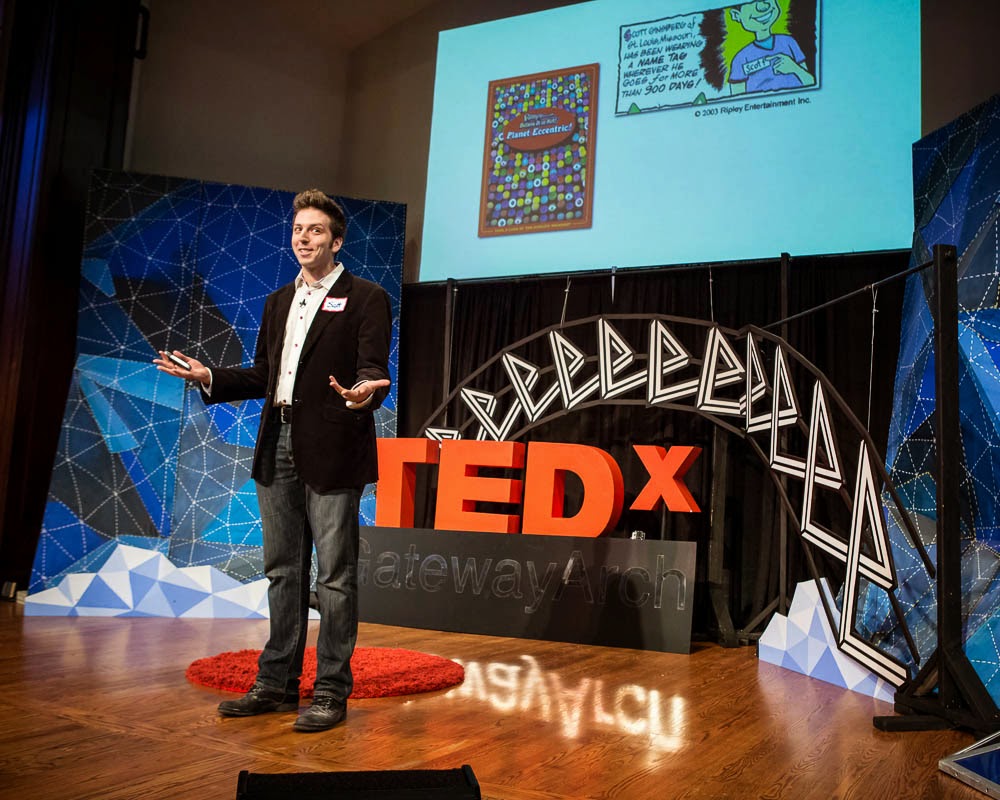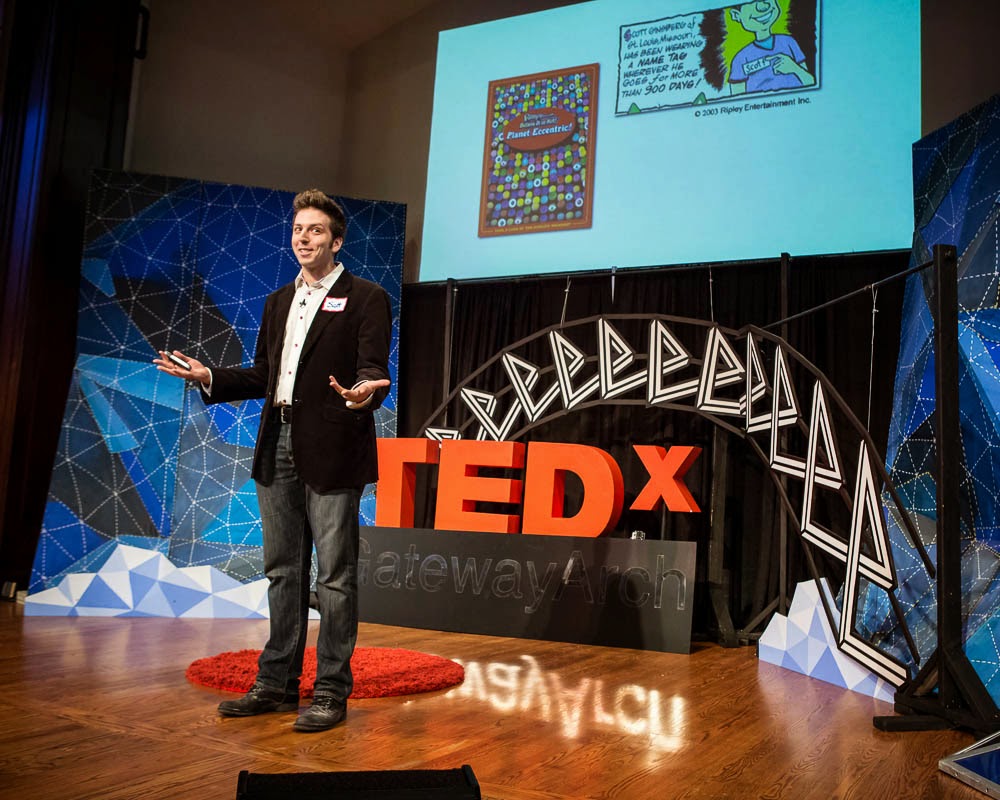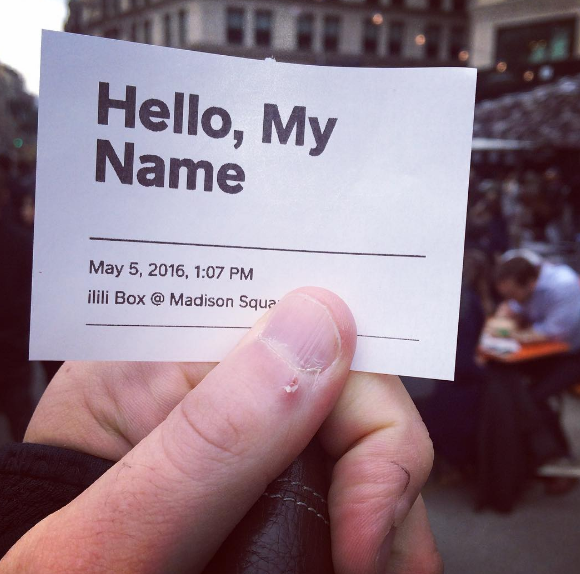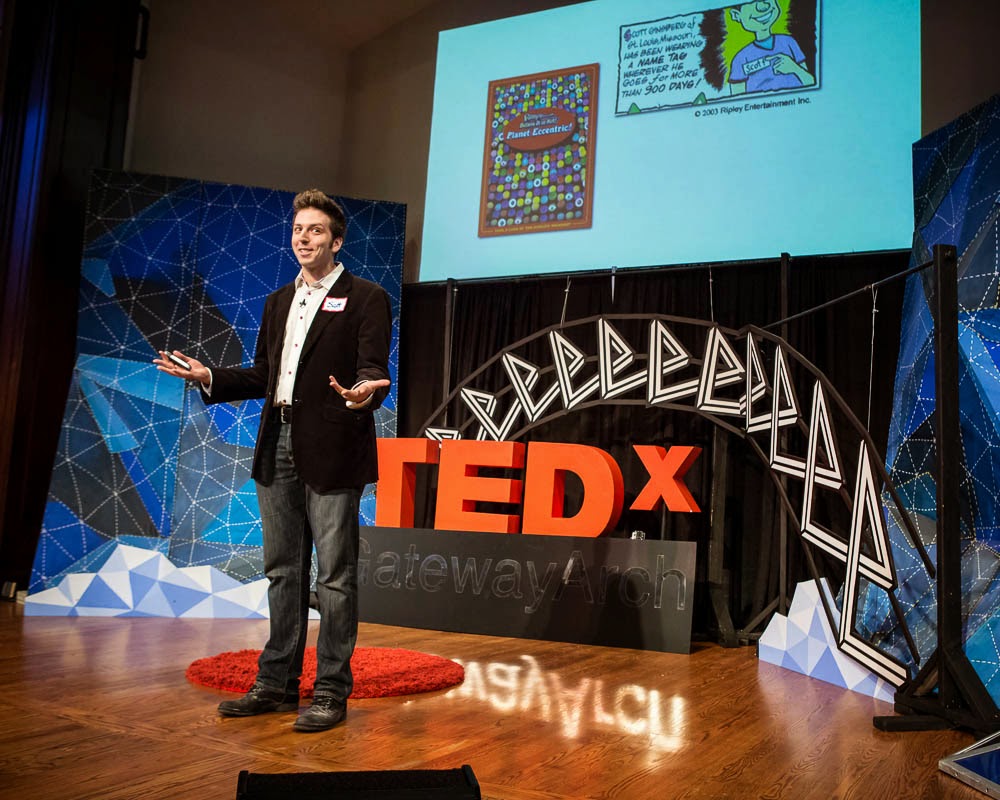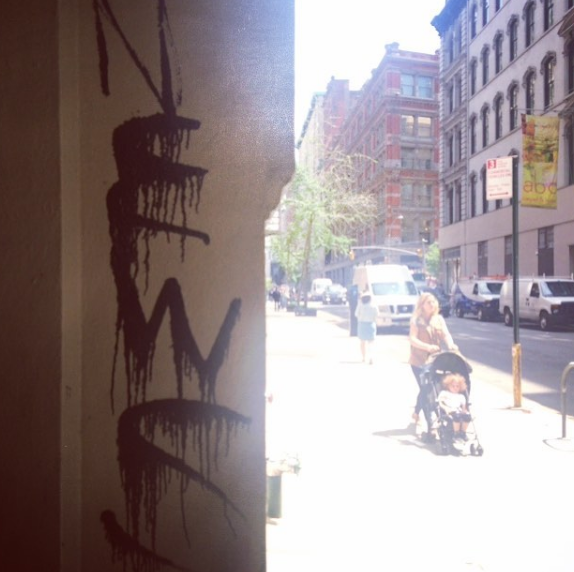
Here’s a question every entrepreneur must ask themselves.
When will I have done enough to be happy with who I am?
This thought haunted me for years. Because in a boundaryless system with no governor on my workload, no boss to answer to, and no separation between my personal and professional selves, I never put a proper limit on my work. I had zero sense of pace and proportion. I refused to stipend myself according to my own standard of satisfaction.
And as a result, I gave in to the temptation to maximize income by working around the clock. Landing me in the hospital multiple times for stress related illnesses.
If only I had understood the principle of elegant sufficiency. The ability to reach your personal level of enough. To recognize when more of something no longer means personal growth. To have done enough to be happy with who you are.
I recall a fascinating article about a software company that has a strict anti workaholic policy. The founders literally punish staff members for not taking breaks. Employees are required to leave at five, putting in no more than forty hours a week.
What’s interesting is, this isn’t a time management issue, it’s an existential issue. Developing a refined and selective sense of appropriateness under the circumstances is basic upkeep for the soul. It forces you to put yourself at the top of your own list. To remind yourself that who you already are is enough to get what you want.
Once you arrive at that place of enoughness, there will be a part of you that’s finally resting. And from there, anything is possible.
Remember, the pile never gets to zero. The list of stuff to do, things to learn and people to contact will continue to refill itself in perpetuity. There’s nothing you can do to stop it. No matter how many times you save the world, it always manages to get back in jeopardy again.
And so, learn to stipend yourself according to your own standard of satisfaction. Figure out your definition of elegant sufficiency.
LET ME ASK YA THIS…
When will you have done enough to be happy with who you are?LET ME SUGGEST THIS…
For the list called, “99 Ways to Think Like an Entrepreneur, Even If You Aren’t One,” send an email to me, and you win the list for free!
* * * *
Scott Ginsberg
That Guy with the Nametag
Author. Speaker. Strategist. Inventor. Filmmaker. Publisher. Songwriter.

Never the same speech twice. Customized for your audience. Impossible to walk away uninspired.
Now booking for 2016-2017.
Email to inquire about fees and availability. Watch clips of The Nametag Guy in action here!

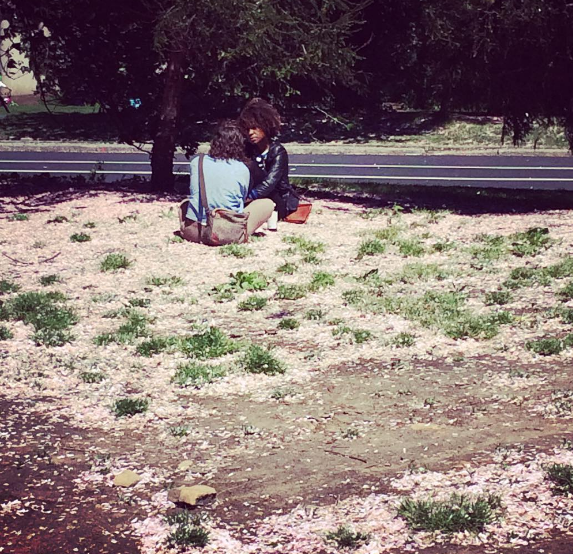


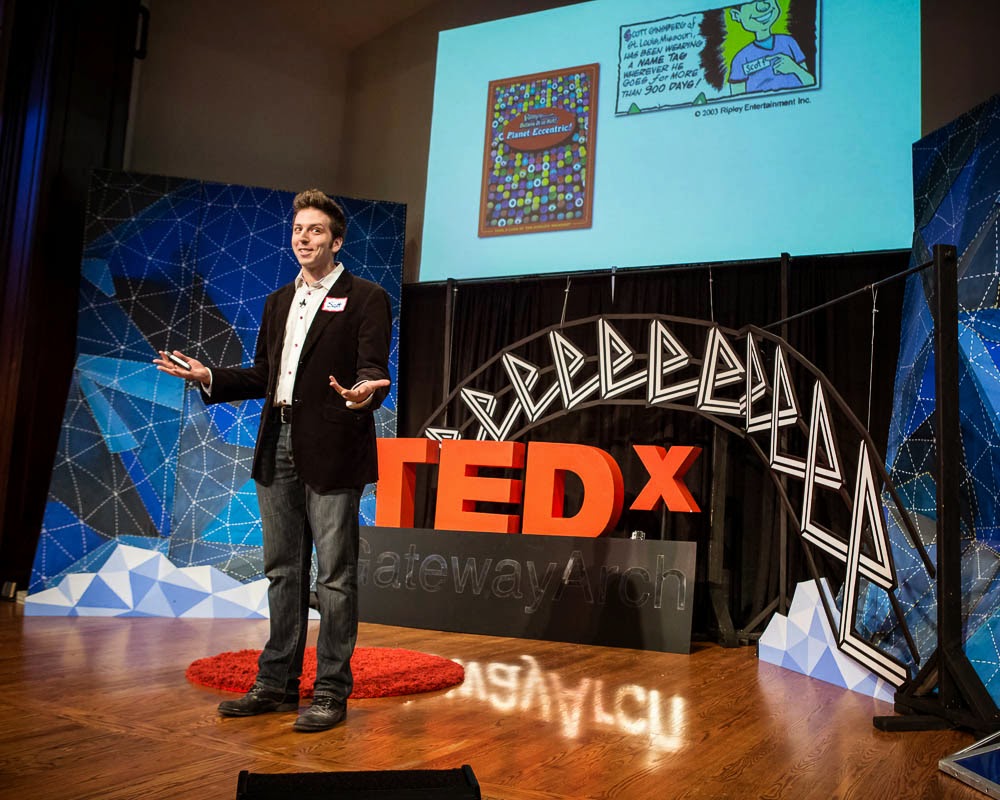



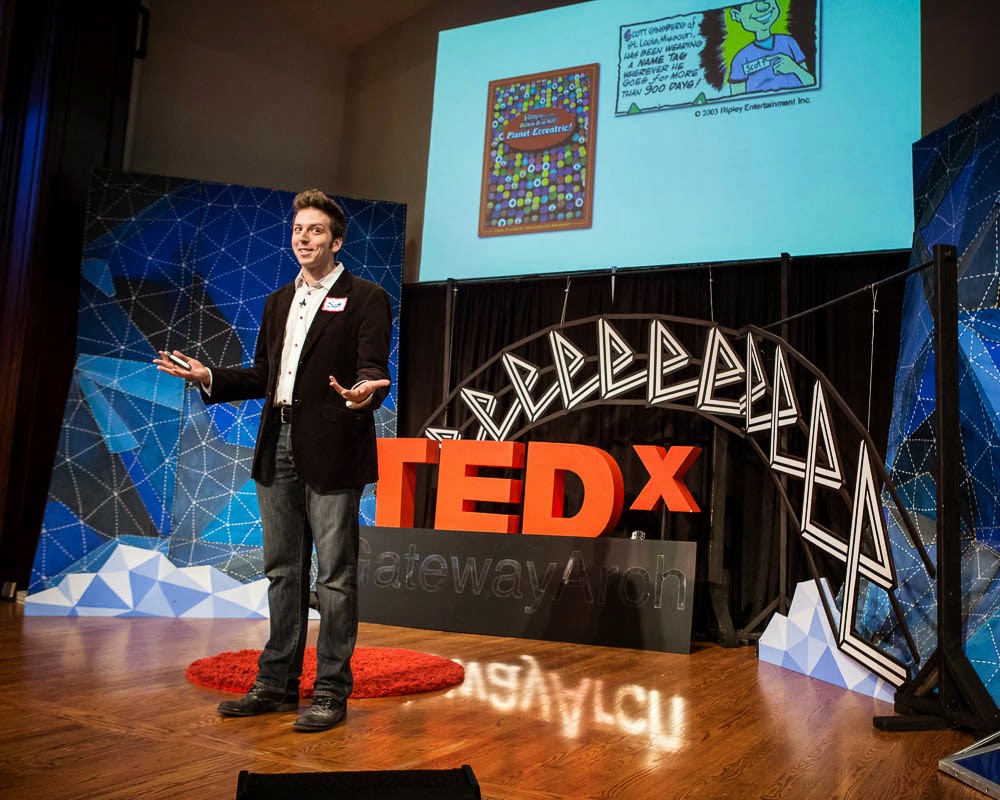
 I have a drummer friend who’s stuck in creative limbo.
I have a drummer friend who’s stuck in creative limbo. 

